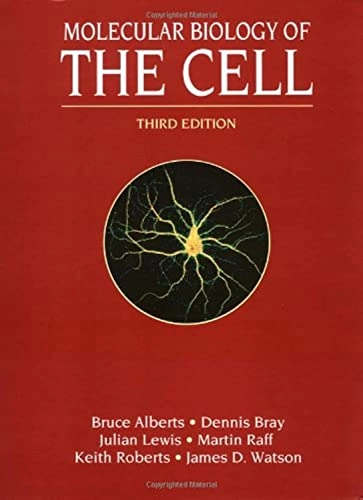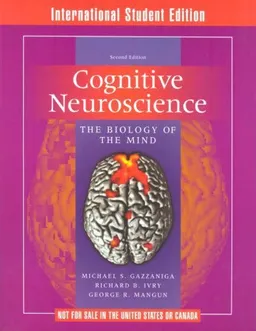Molecular Biology of the Cell is chiefly concerned with eucaryotic cells, as opposed to bacteria, and its title reflects the prime importance of the insights that have come from the molecular approach. Part I and Part II of the book analyze cells from this perspective and cover the traditional material of cell biology courses. But molecular biology by itself is not enough. The eucaryotic cells that form multicellular animals and plants are social organisms to an extreme degree: they live by cooperation and specialization. To understand how they function, one must study the ways cells in multicellular communities, as well as the internal workings of cells in isolation. These are two very different levels of investigation, but each depends on the other for focus and direction. We have therefore devoted Part III of the book to the behavior of cells in multicellular animals and plants. Thus developmental biology, histology, immunobiology, and neurobiology are discussed at much greater length than in other cell biology textbooks. While this material may be omitted from a basic cell biology course, serving as optimal or supplementary reading, it represents an essential part of our knowledge about cells and should be especially useful to those who decide to continue with biological or medical studies. The broad coverage expresses our conviction that cell biology should be at the center of a modern biological education. PART I. Introduction to the Cell -- 1. The Evolution of the Cell -- 2. Small Molecules, Energy, and Biosynthesis -- 3. Macromolecules: Structure, Shape, and Information -- 4. How Cells Are Studied -- PART II. Molecular Genetics -- 5. Protein Function -- 6. Basic Genetic Mechanisms -- 7. Recombinant DNA Technology -- 8. The Cell Nucleus -- 9. Control of Gene Expression -- PART III. Internal Organization of the Cell --10. Membrane Structure -- 11. Membrane Transport of Small Molecules and the Ionic Basis of Membrane Excitability -- 12. Intracellular Compartments and Protein Sorting -- 13. Vesicular Traffic in the Secretory and Endocytic Pathways -- 14. Energy Conversion: Mitochondria and Chloroplasts -- 15. Cell Signaling -- 16. The Cytoskeleton -- 17. The Cell-Division Cycle -- 18. The Mechanics of Cell Division -- PART IV. Cells in Their Social Context --19. Cell Junctions, Cell Adhesion, and the Extracellular Matrix -- 20. Germ Cells and Fertilization -- 21. Cellular Mechanisms of Development -- 22. Differentiated Cells and the Maintenance of Tissues -- 23. The Immune System -- 24. Cancer
Åtkomstkoder och digitalt tilläggsmaterial garanteras inte med begagnade böcker





















